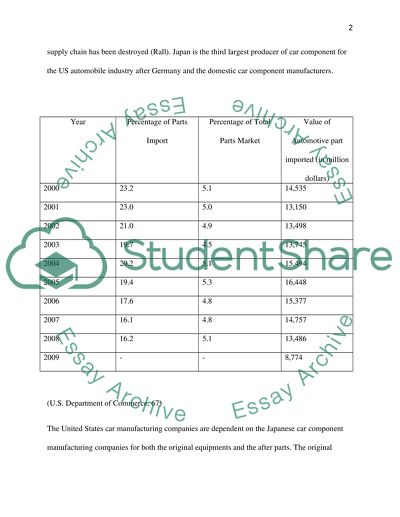Cite this document
(“AutoIndustry Essay Example | Topics and Well Written Essays - 3750 words”, n.d.)
Retrieved from https://studentshare.org/environmental-studies/1424180-autoindustry
Retrieved from https://studentshare.org/environmental-studies/1424180-autoindustry
(AutoIndustry Essay Example | Topics and Well Written Essays - 3750 Words)
https://studentshare.org/environmental-studies/1424180-autoindustry.
https://studentshare.org/environmental-studies/1424180-autoindustry.
“AutoIndustry Essay Example | Topics and Well Written Essays - 3750 Words”, n.d. https://studentshare.org/environmental-studies/1424180-autoindustry.


